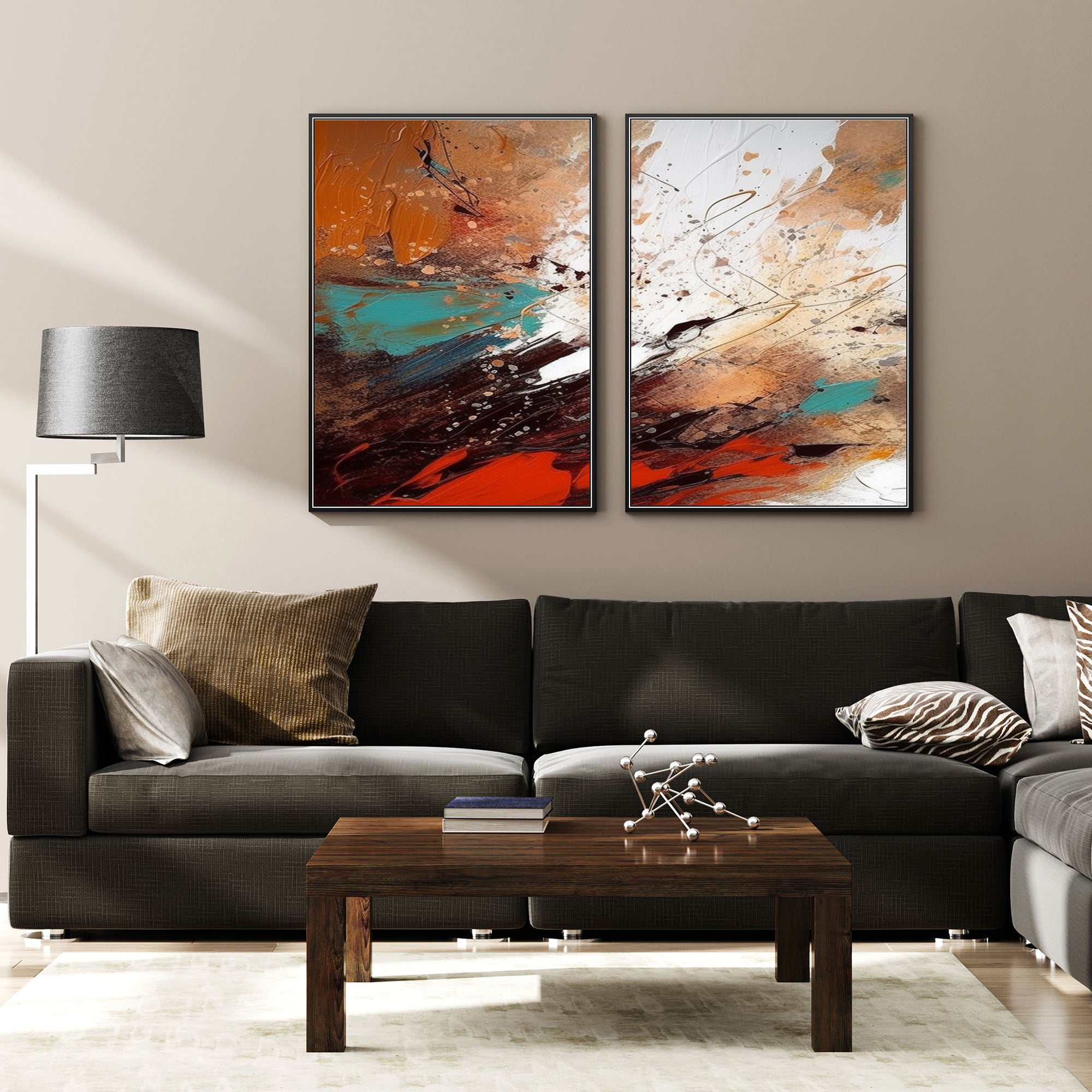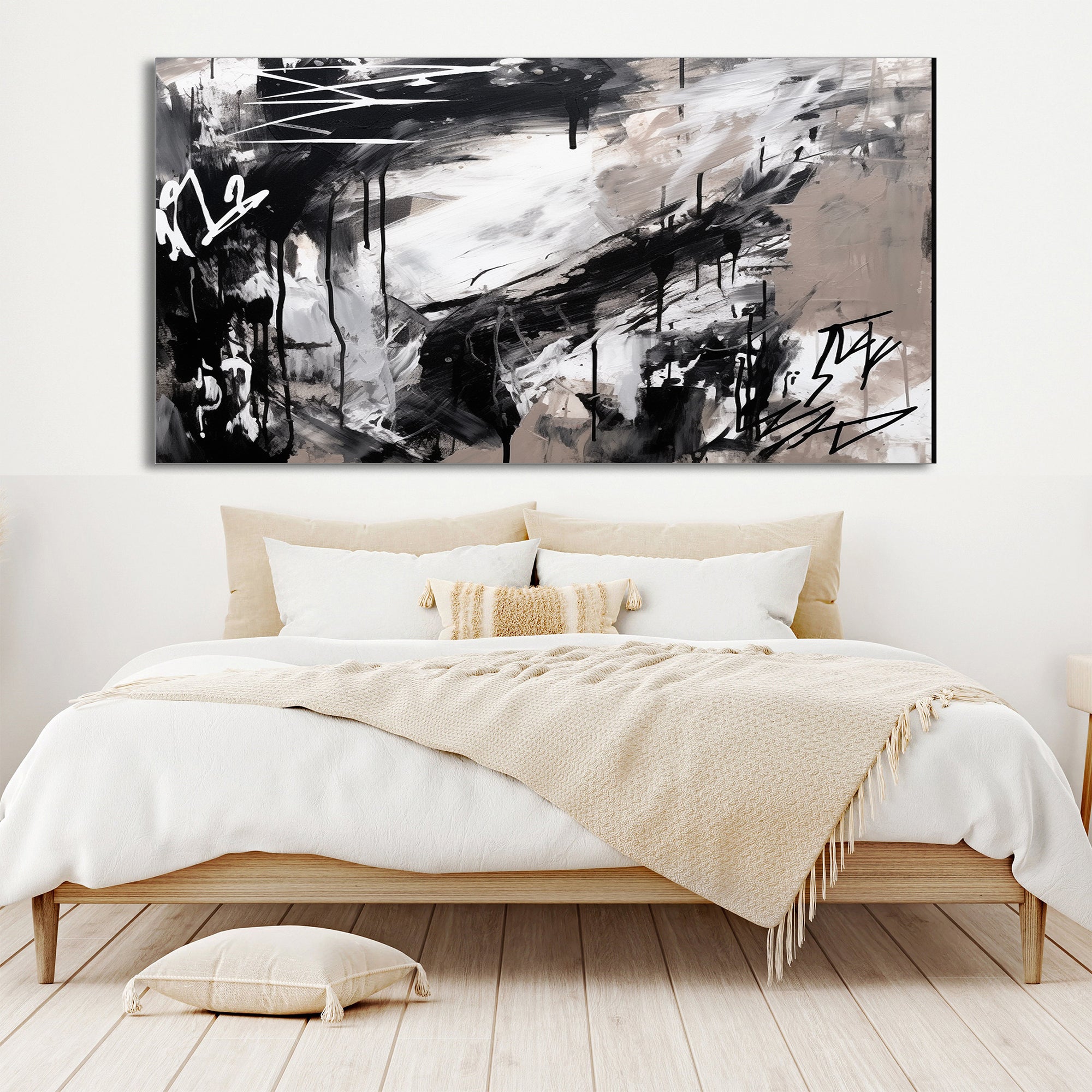
What are 3 characteristics of abstract art?
Abstract art is a diverse and multifaceted genre, but three characteristics that are commonly associated with abstract art include:
-
Non-Representational: Abstract art does not attempt to depict recognizable objects, figures, or scenes from the natural world in a realistic manner. Instead, it focuses on exploring the formal elements of art, such as color, shape, line, and texture, in a way that is detached from literal representation. This allows for a greater emphasis on the artist's personal expression, imagination, and creativity.
-
Emphasis on Form and Composition: Abstract art often places a strong emphasis on the formal aspects of art, particularly the arrangement and organization of visual elements within the artwork. Artists may experiment with various compositional techniques, such as balance, symmetry, rhythm, and contrast, to create dynamic and visually engaging compositions that captivate the viewer's attention.
-
Subjectivity and Interpretation: Abstract art invites viewers to engage with the artwork on a subjective level, encouraging personal interpretation and emotional response. Since abstract artworks do not have a fixed subject or narrative, viewers are free to derive their own meanings, associations, and connections based on their individual experiences, perspectives, and cultural backgrounds. This open-ended approach to interpretation allows for a greater degree of viewer engagement and participation in the artistic experience.

